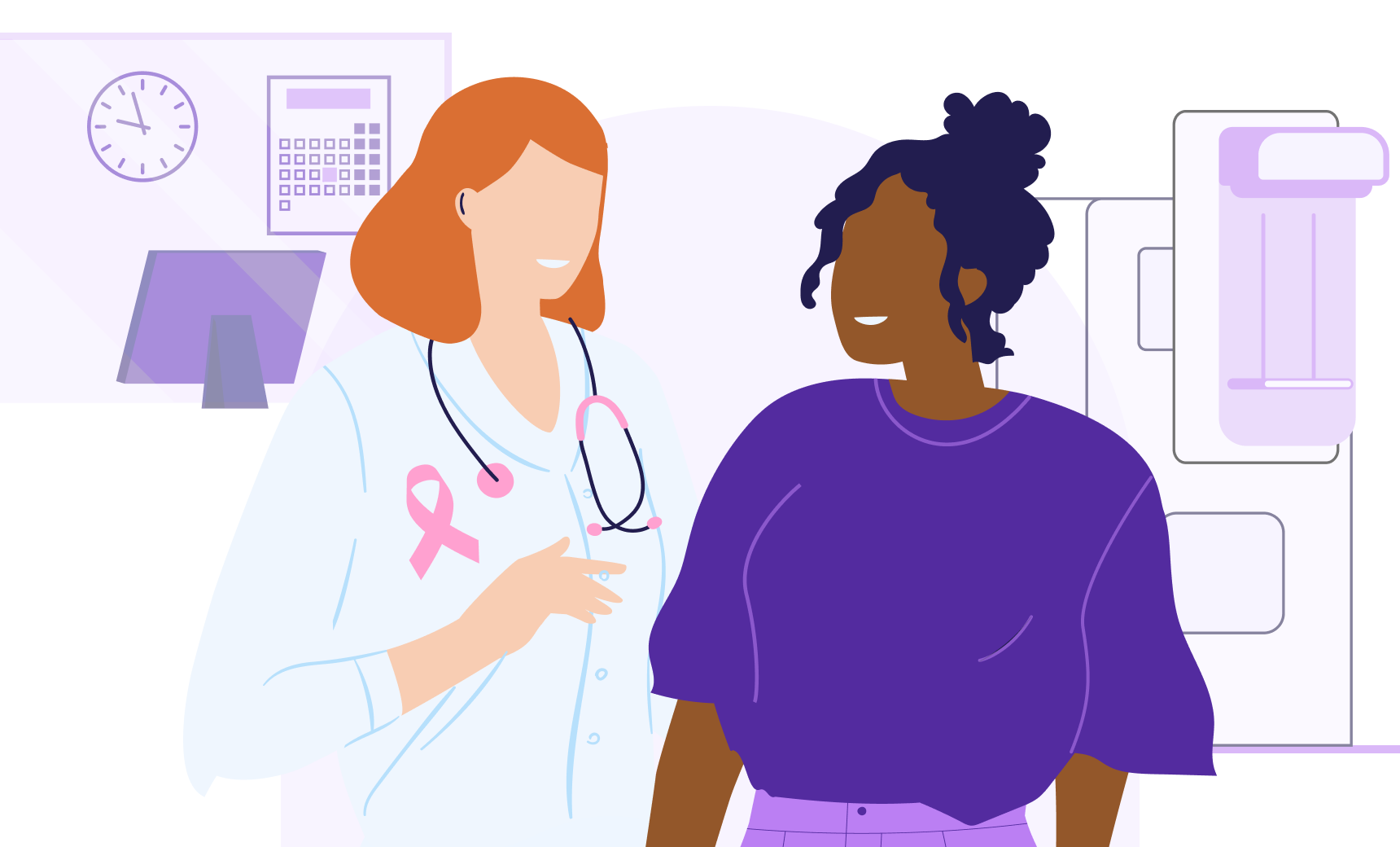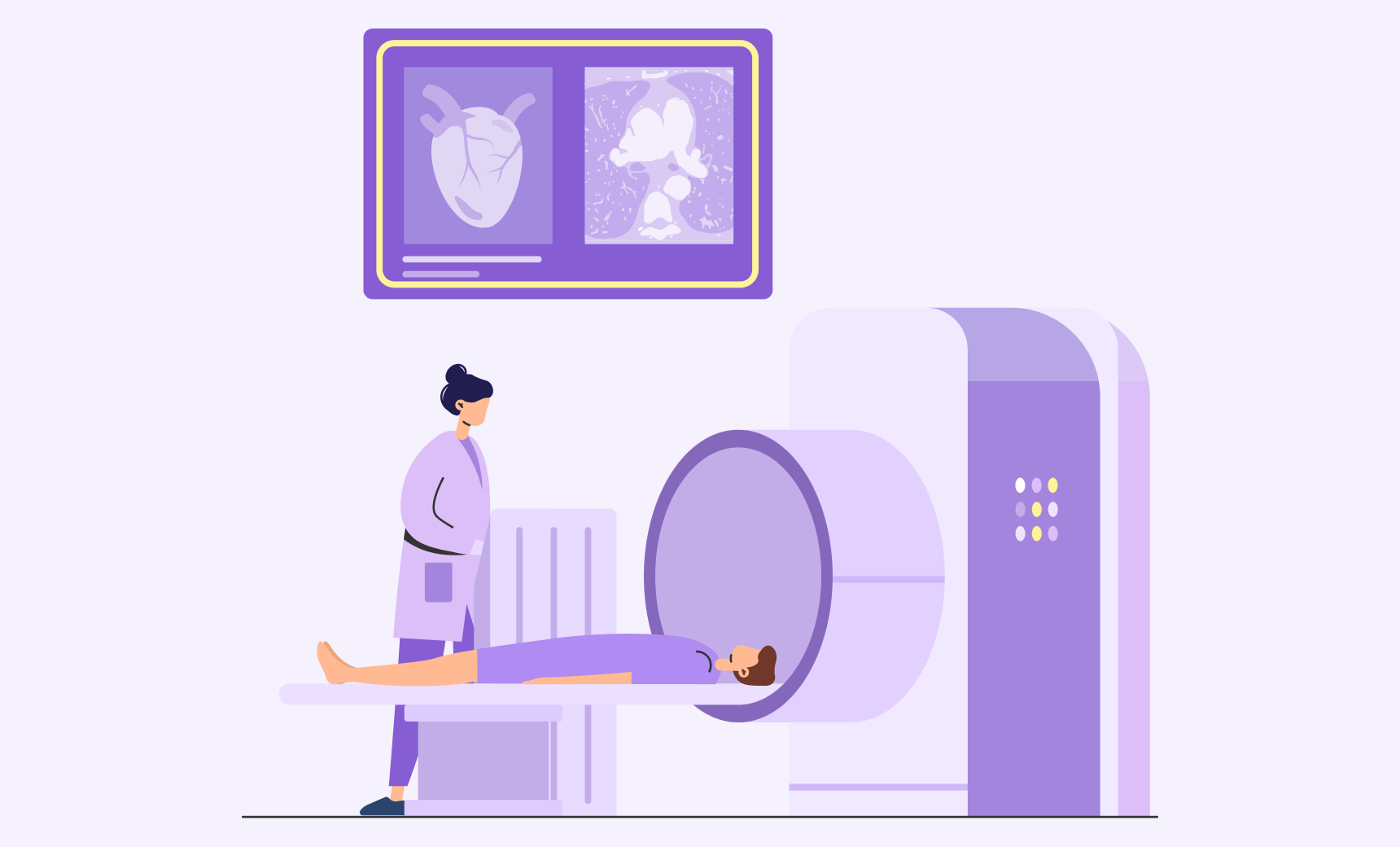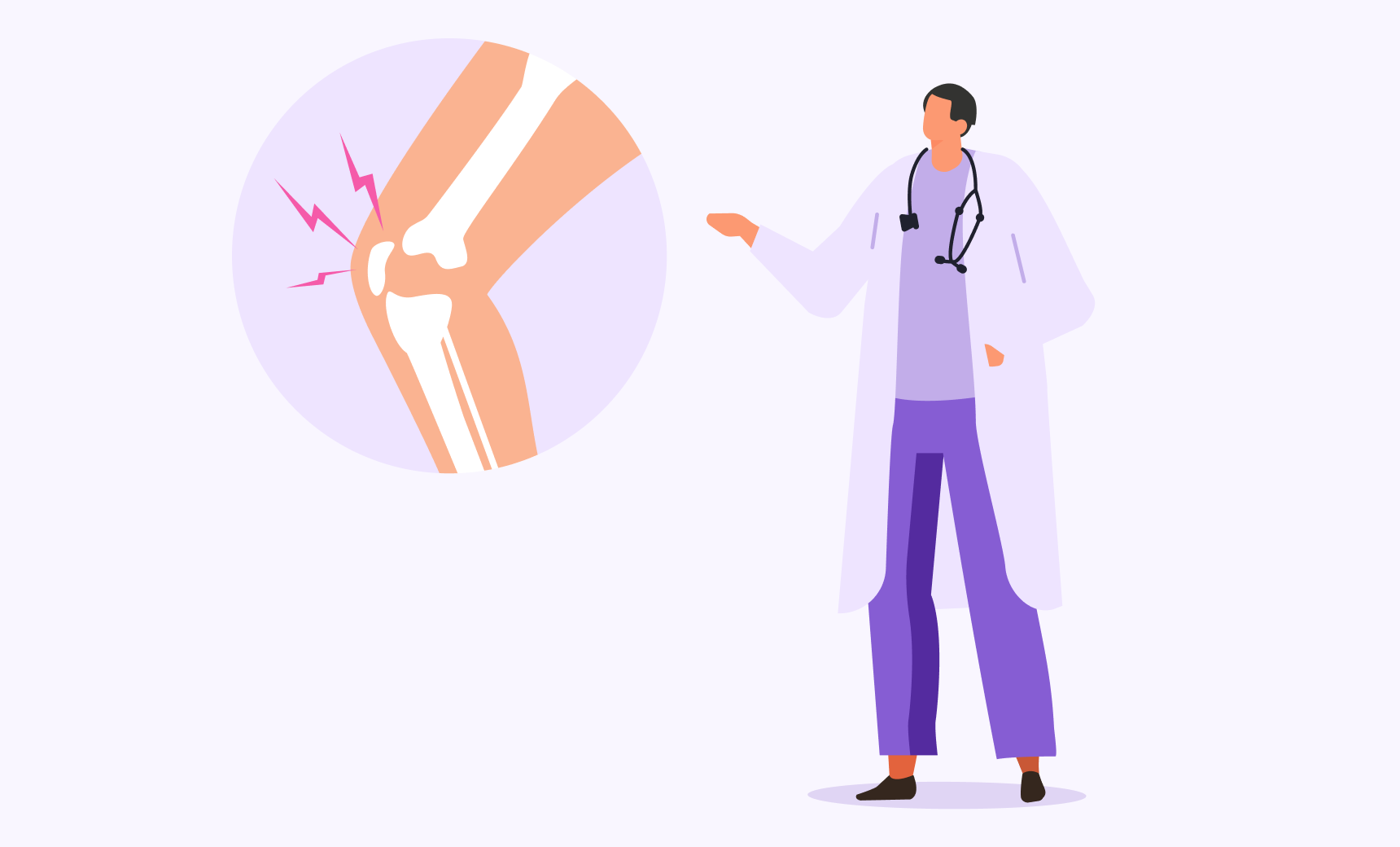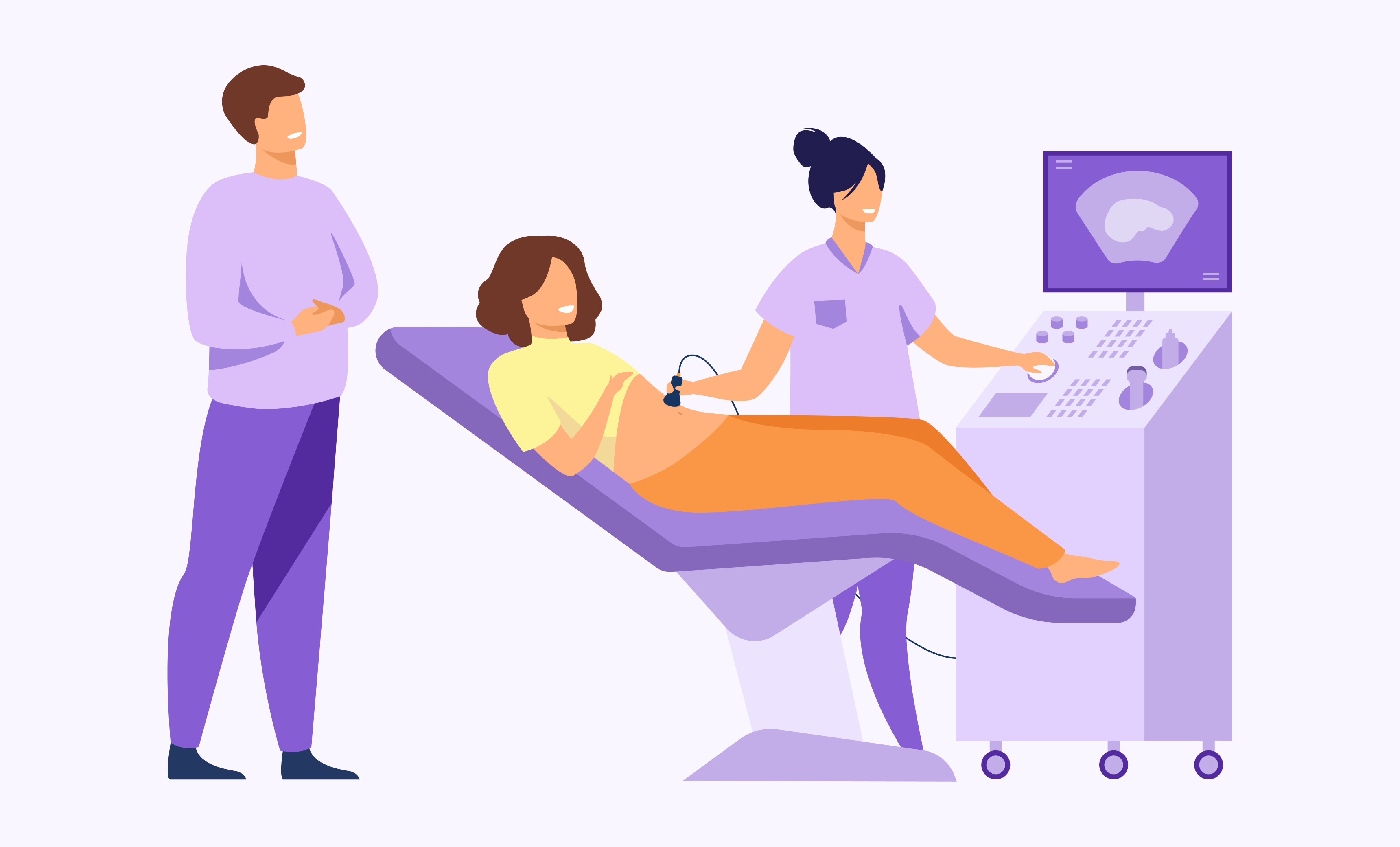
Breast Cancer Myths and How to Bust Them
How providers can combat the most common misconceptions about breast cancer and mammograms.
October is Breast Cancer Awareness month, but promoting breast health year-round to women of all ages is crucial to ensuring that patients seek treatment before it is too late.
There are many reasons why patients avoid mammograms. Out of fear of the unknown, because they don’t fully understand the importance of regular breast screenings, or because something else is standing in their way.
Here are five common myths about breast cancer and mammograms, and how providers can address and combat these misconceptions.
5 Common Breast Cancer Myths
“I’m too young to get breast cancer.” — Though most cases of breast cancer are diagnosed after age 50, a patient is at greater risk of developing breast cancer at a younger age if the disease runs in her family, meaning she may need to start getting regular screening mammograms at a younger age. A patient may believe that because her grandmother developed breast cancer at age 35, she does not need to worry about the risk of cancer until she is also around that age. Instead, she should start getting screening mammograms around age 25, or approximately 10 years younger than when her grandmother was diagnosed.
“No one in my family has been diagnosed with breast cancer so I’m not at risk.” — There is a dangerous misconception that if you do not have a family history of breast cancer, you are not at risk. In fact, 80-85% of women diagnosed with breast cancer do not have a family history of the disease. Helping patients understand the prevalence of the disease, as breast cancer is the most common cancer among women in the US, second to skin cancers, can be the motivation patients need to get checked.
“I’m worried about exposing myself to radiation.” — A mammogram is a low dose x-ray procedure. So while patients are, indeed, exposed to radiation, the radiation exposure during a mammogram is very low compared to the normal background radiation we are exposed to daily. In fact, the amount of radiation a patient is exposed to during a mammogram is about equal to the amount of radiation you are exposed to when flying round-trip from New York to Los Angeles. Patients who are concerned about radiation exposure have their hearts in the right place, but if they want to truly protect against harm, regular health screenings like mammograms are certainly worth the minimal risk.
“My doctor never ordered a mammogram, so I don’t need one/can’t get one.” — Screening mammograms should be performed as part of a woman’s routine health screenings starting at age 45, according to the American Cancer Society. Women over 40 without symptoms do not need a referral or order form to schedule a mammogram, so patients should make it a habit to schedule their regular mammograms, even if their doctor has not told them to do so.
“I can’t afford elective health screenings like mammograms.” — Women ages 50 and over are covered for a breast cancer screening mammogram every 2 years; for women ages 40 to 49, and women at higher risk of breast cancer, mammograms are covered as recommended by a provider. Under the Affordable Care Act, all insurance providers are required to cover these preventative services without copay or coinsurance, even if you haven’t met your yearly deductible.
For patients without health insurance, breast cancer screening can still be affordable. Out-of-pocket cost for a screening mammogram typically runs about $100 to $250; it is important to ensure patients, particularly those deemed high-risk, seek out this treatment early, before their situation worsens. The cost of care will quickly outpace the cost of a mammogram if caught after progressing due to missing regular screenings.
For those who still struggle to meet these costs, the Susan G. Komen Foundation has a Mammogram Voucher Program available in select cities across the US. Through this program, those in need can receive no-cost breast cancer screening and diagnostics services. According to the SVP of Mission at the Susan G. Komen Foundation, “Early detection saves lives, and cost should not be a barrier to accessing high-quality health care services for anyone in need. Through expanding this program, we are breaking down barriers for more people.”
How Providers Can Bust Breast Cancer Myths
Start the Conversation
All women should be made aware of the signs of breast cancer and should be on the lookout for these signs as they age. Though most medical organizations do not recommend self breast exams anymore, knowing what is and isn’t normal will help a patient identify themselves when something changes, instead of waiting to see a provider once it may be too late.
One of the most crucial aspects of this conversation is making it clear to patients that breast cancer is treatable. A breast cancer diagnosis is not a death sentence; in fact, over 98% of patients diagnosed with breast cancer survive. Patients with hope for the future are more likely to be proactive in their care, and helping patients understand that early detection is key to positive outcomes can provide the motivation patients need to follow preventative care guidelines.
Encourage Questions
Have an open and honest conversation about some of the myths and concerns surrounding breast cancer and mammograms. Directly addressing the misconceptions listed above can help clear up some questions patients are too embarrassed to ask, or that medical providers often think are common knowledge but may not be clear to patients.
Give Timely Reminders
Many patients are aware of the importance of regular screenings, but their busy lives get in the way of staying on top of annual appointments. Reminders can go a long way in making sure a patient gets the care they need, whether it be a reminder in the office, via phone call, email, or portal notification. Especially for those at higher risk of breast cancer and those of average risk over age 50, these reminders may be all a patient needs to schedule this lifesaving procedure; most patients want to stay on top of their health, but life gets in the way. Automated notifications to schedule an annual mammogram can be the quick reminder patients need to get the care they require. .
Rescheduling Missed Mammograms
Promoting breast health among all ages is key to early detection — patients aware of the importance of keeping up with breast health are more likely to schedule routine screenings. However, COVID-19 disrupted cancer screenings, which has increased the number of deaths due to breast cancer. Catching patients up on missed screenings is vital, but could prove difficult for diagnostic centers lacking the capacity to handle the surge of patients.
Having tools to automate patient outreach can greatly help to reduce the burden on your staff. Making it easy to schedule these appointments is also key to accommodating the surge. Though a provider may have a recommended diagnostic center, the patient may be stuck waiting several weeks or even months for an open appointment. Traditional methods of scheduling an appointment (ie. calling the office) may be inconvenient and further delay screenings. Instead, online scheduling allows patients to conveniently schedule their mammograms in last-minute openings when it fits their busy schedules, reducing the wait time between appointments.
LabFinder offers tools to help you get these patients back in the door, without increasing the workload of your office staff. With LabFinder, patients can easily schedule their appointments online 24/7, so you can fill open time slots and get patients in faster. Time is of the essence when it comes to cancer, don’t let scheduling issues disrupt patient care.
Sign up to learn more or schedule a quick, free demo with our Chief Strategy Officer to learn about convenient diagnostic center solutions from LabFinder.





The LabFinder Editorial Team is behind The Illuminator and The Insider, LabFinder’s consumer and business blogs.
Dr.Robert Segal
Dr. Segal is CEO and co-founder of LabFinder, as well as a board-certified cardiologist. He began practicing medicine in 2002 and has founded several businesses, including Medical Offices of Manhattan and Manhattan Cardiology.